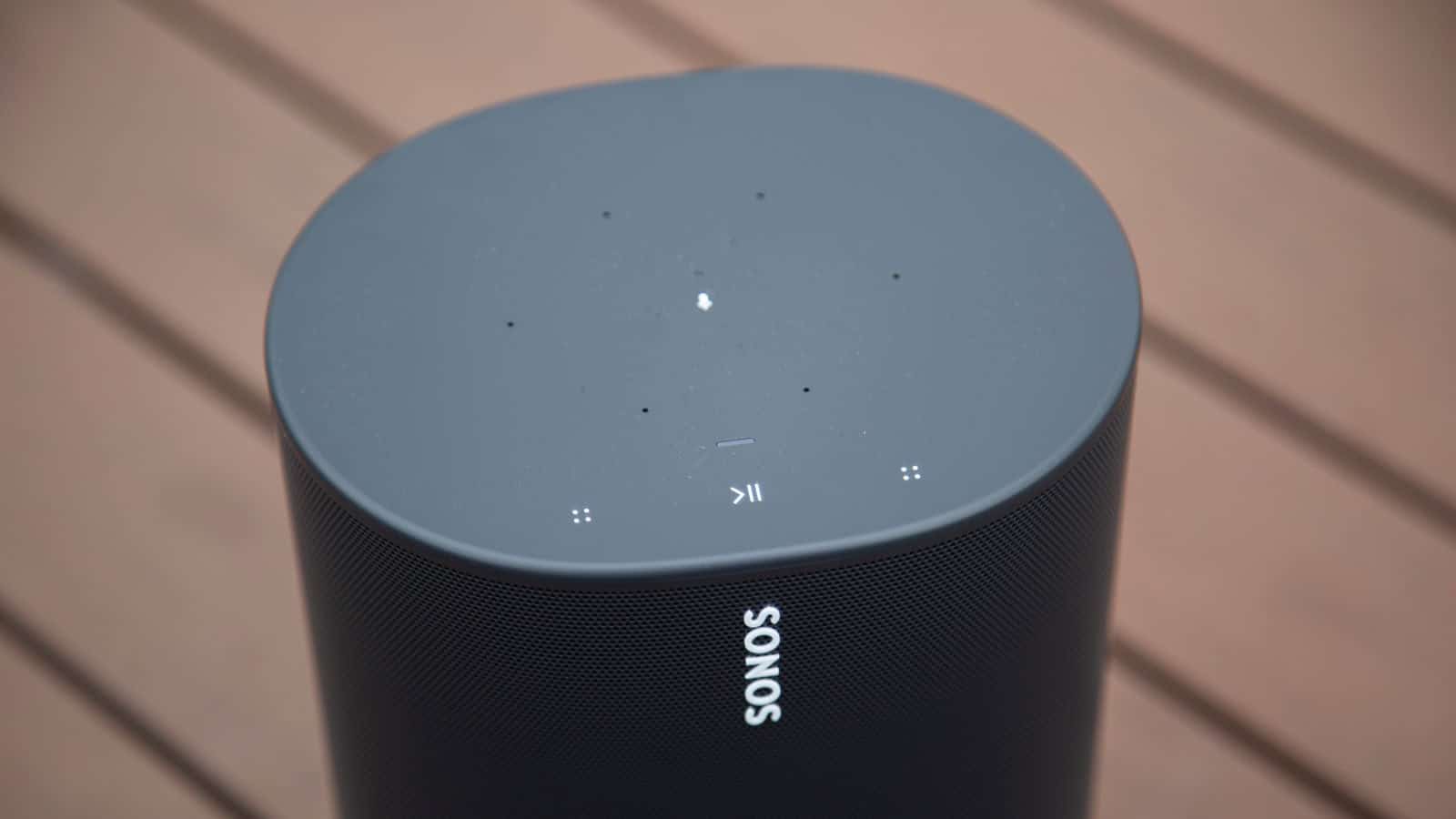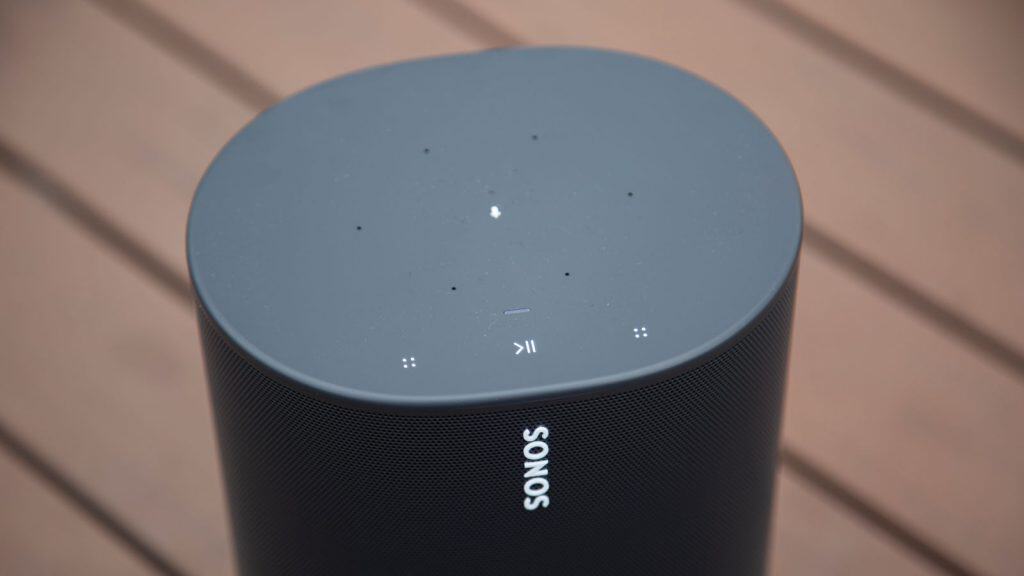
Trashing your old electronics is bad for the planet—a big reason why you might’ve noticed tech companies push sustainability programs in recent years. Sonos recently joined the recycle brigade in October, launching its Trade Up hardware upgrade program that gives users discounts if they “responsibly recycle older products.” It’s a good idea in theory. The problem is that to take part, users have to brick their speakers, rendering them useless for resale or refurbishment.
The problem surfaced when Devin Wilson, a recycler who works at Renew Computers in San Rafael, California, took to Twitter to vent his frustrations with Sonos’s Trade Up program. A customer had taken in five, perfectly good Sonos Play:5 speakers to Renew Computers. However, none of them could be resold as the customer had put the speakers into “Recycle Mode”—an irreversible 21-day countdown that once initiated, permanently blacklists a speaker from Sonos’s server. You know, bricking it.
Recycle Mode doesn’t ruin the speakers’ hardware. According to Sonos’s website, the point is to make sure the speakers are “cleared of data and permanently deactivated so you can safely recycle.” The problem is that by bricking the devices, it forces e-waste recyclers to scrap the devices. Of course, that’s better than letting the devices go to waste in a landfill, but it still requires energy than reselling or refurbishing the speakers would not.
“Salvaging working and valuable electronics for refurbishment and reuse is the most environmentally friendly way to do things, and the reason we can still exist as a business,” Wilson told Gizmodo in a direct message. “I decided to spread word about this independently of my employer because Sonos’s hypocrisy and uniquely bad actions with this program make me angry, as an environmentally conscious person who hates to see working electronics get scrapped.”
Peeping into Sonos forums, customers aren’t too fond of Recycle Mode either. In one instance, a customer bought a secondhand Sonos only to find the speaker was in Recycle Mode. That would indicate Sonos does not check to see that customers have actually brought their device to a certified recycler before issuing the discount. Another thread notes that some Sonos customers have accidentally bricked products, rendering them completely useless. In both cases, more waste has been created.
No one is arguing whether data privacy is important—it is. The real problem is the Trade Up program is encouraging users to perhaps unnecessarily upgrade, thereby creating even more e-waste, while simultaneously denying recyclers the best option to recycle the speakers. Also, if customers want that 30 percent discount, they must put the device in Recycle Mode. The whole thing reeks of Sonos trying to prop up profits under the guise of environmental good, especially when you consider speakers naturally have a much longer lifespan than say, a laptop or a smartphone.
Gizmodo reached out to Sonos over the weekend about the Trade Up program and why it decided to brick older products this way, but we’re still waiting for a response. Sonos did, however, tell the Verge the following:
The reality is that these older products lack the processing power and memory to support modern Sonos experiences. Over time, technology will progress in ways these products are not able to accommodate. For some owners, these new features aren’t important. Accordingly, they may choose not to participate in the Trade Up program. But for other owners, having modern Sonos devices capable of delivering these new experiences is important. So the Trade Up program is an affordable path for these owners to upgrade. For those that choose to trade-up to new products, we felt that the most responsible action was not to reintroduce them to new customers that may not have the context of them as 10+ year old products, and that also may not be able to deliver the Sonos experience they expected.
The Verge report goes on to note that Sonos says its support team can help customers who have inadvertently activated Recycle Mode on an “individual basis”—something directly contradicted by its own website and advice given in its support forums.
Sonos’s decision not to ‘reintroduce’ older products to newer customers also rings naive at best—and downright manipulative at the worst. These days, the average consumer knows how to google the latest products and their specs. Anyone looking for an older model would be able to parse that the savings came at the expense of newer features. Sonos also acknowledged to the Verge that 92 of its products, including those that were sold 10 years ago, are still in use—further indicating that older Sonos devices work perfectly fine. And, anybody who wants the latest features wouldn’t be looking for older product discounts on the secondhand market anyway. We’ve reached out again to Sonos about this, and we’ll update if they respond.
